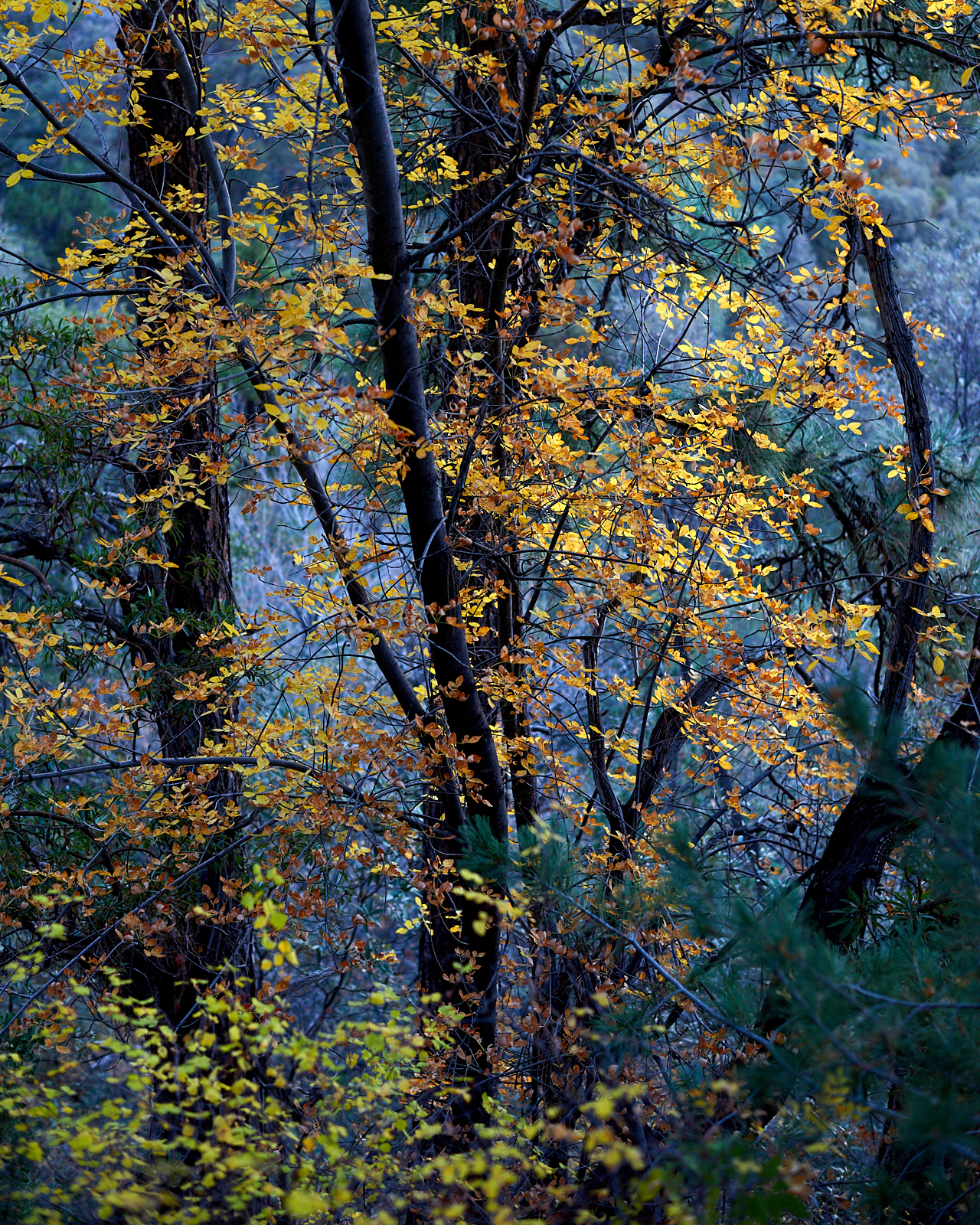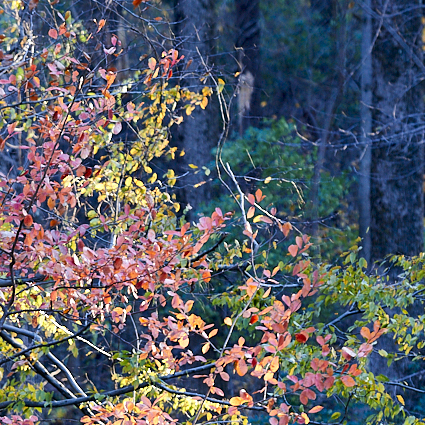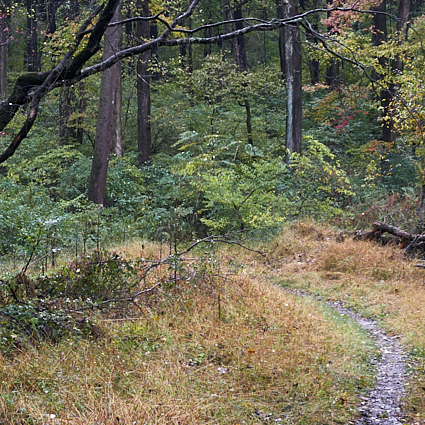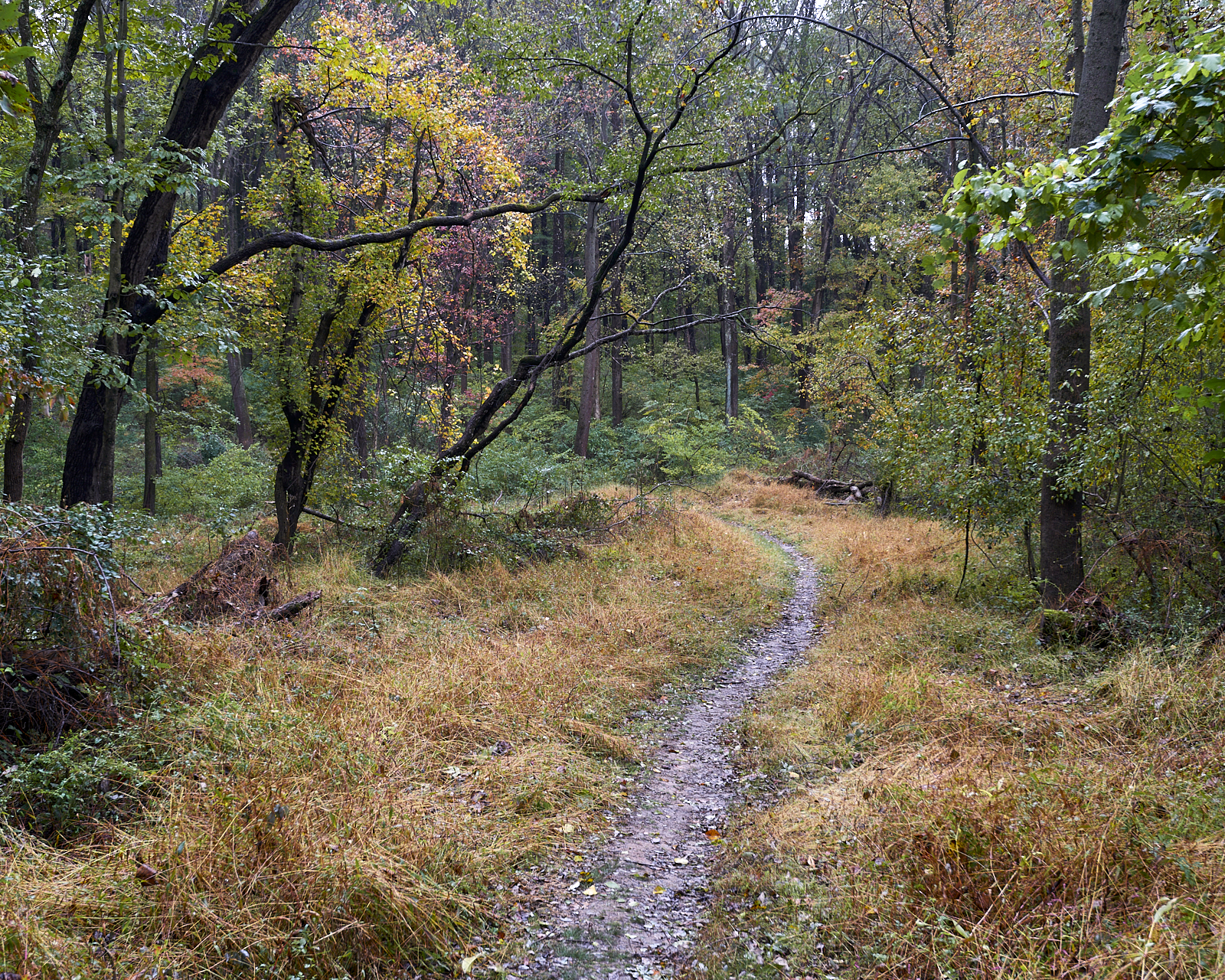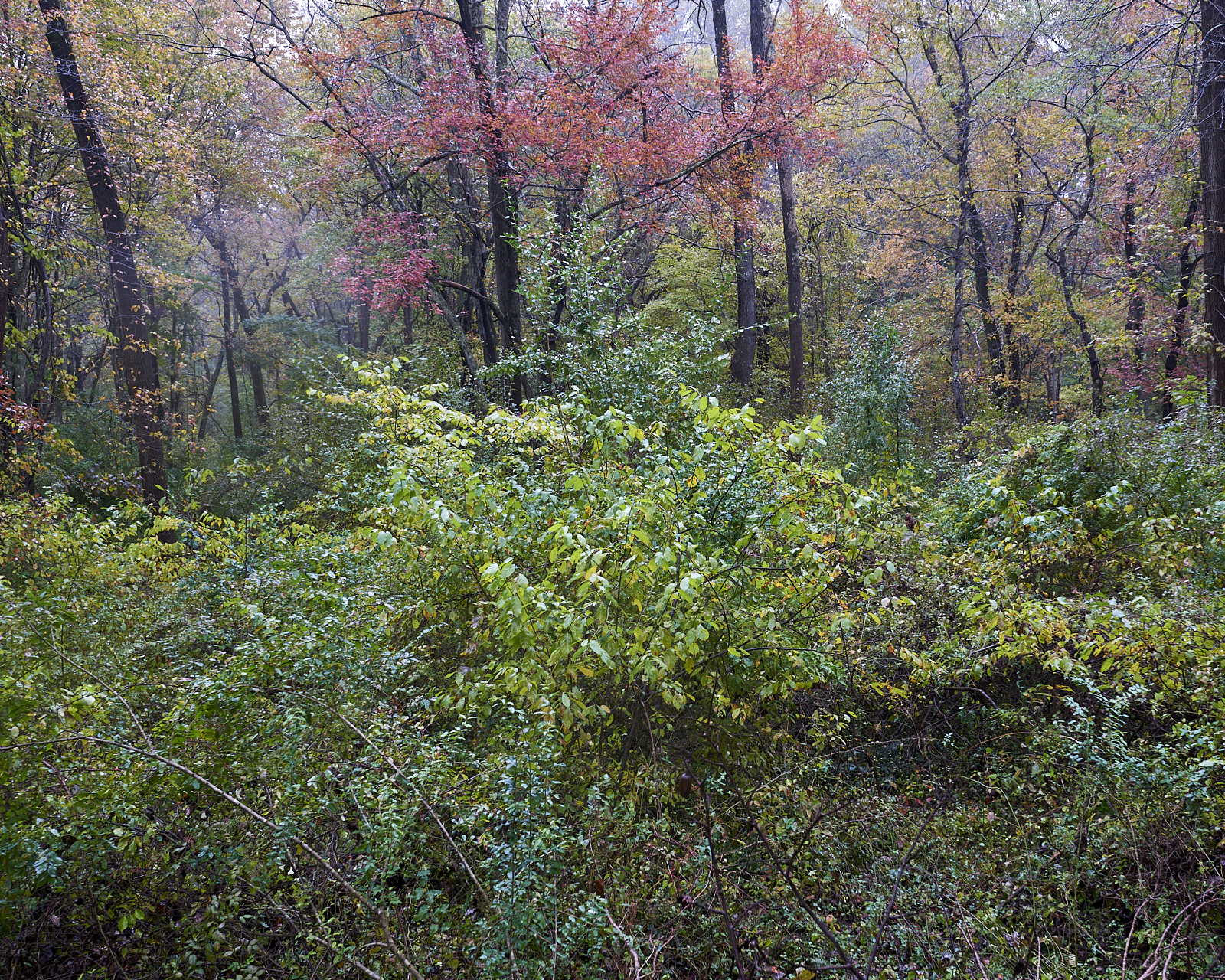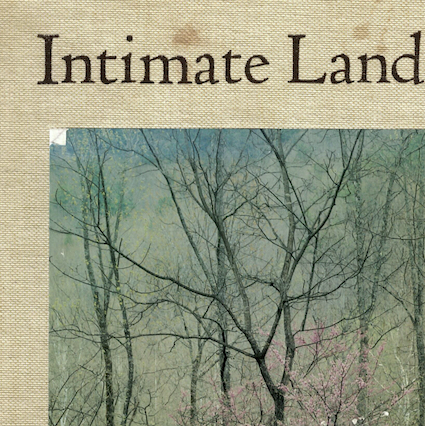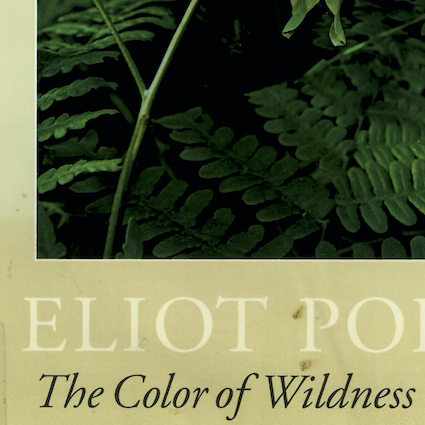Minimalism. A dominate subject. High contrast. Rule of thirds. Composition. Complementary colors. Symmetry. Leading lines. Framing. There is a smörgåsbord of rules I can choose from to guide my shooting, to shoehorn my photos into a recognizable and recognized style. But what if I don’t want to. What if I want not just to “break” them but to reject them? Or replace them with a different set of rules/guidelines?
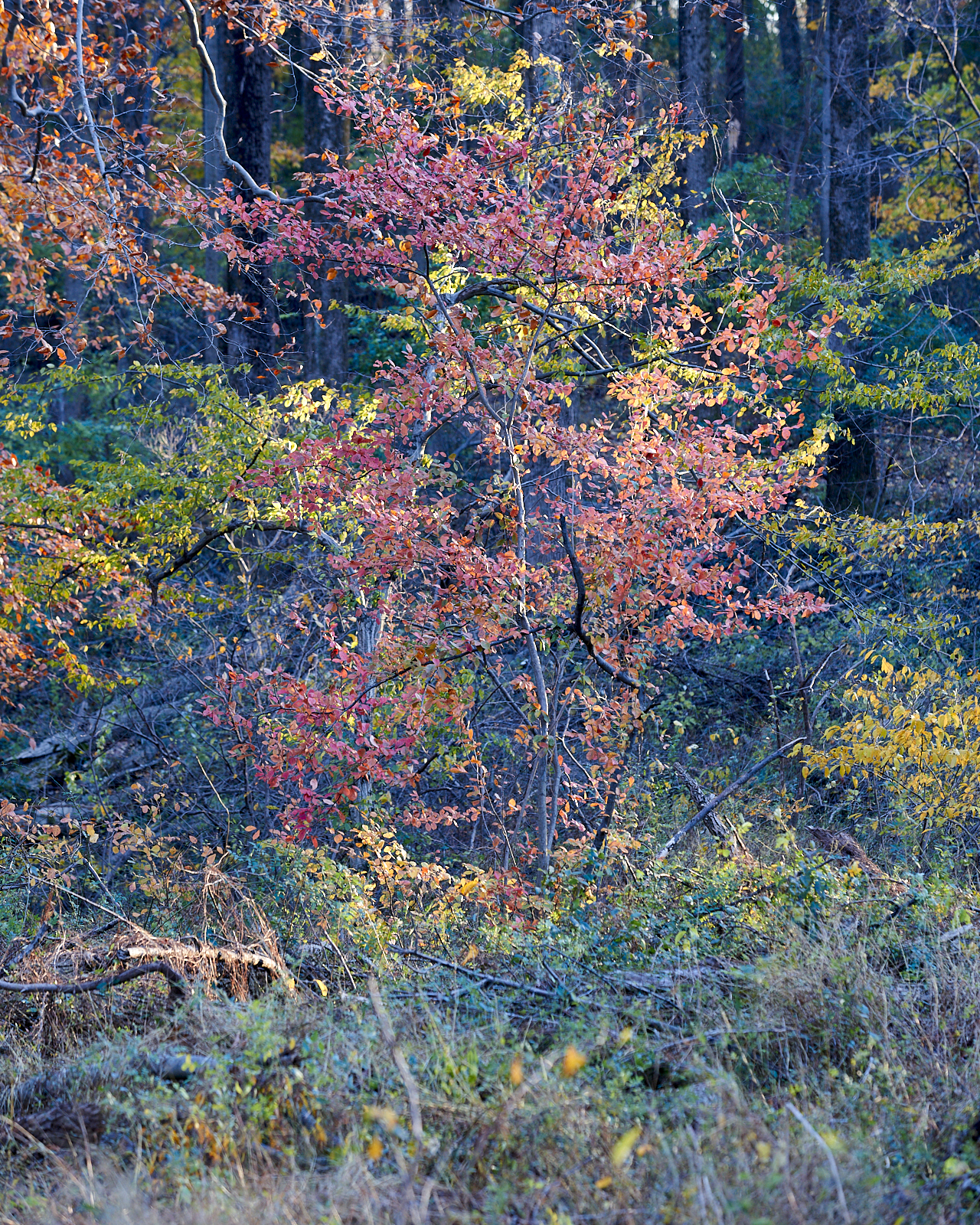
Rules and guidelines are useful for helping me see things. Francis Bacon realized this centuries ago when he worried about the challenges of inductive investigation. Scientific training depends on some modern version of the dictum about the well-prepared mind being able to see. Photography is no different. The well-prepared photographer is able to see, and to photograph. But photography is not science. There’s no sense of progress, and photographers need not always be beholden to a finite set of rules. We can reject them at will. I think we might benefit from rejecting the rules now and then. Prepare our minds to see chaotic. There can be something soothing and comforting about the mess.
